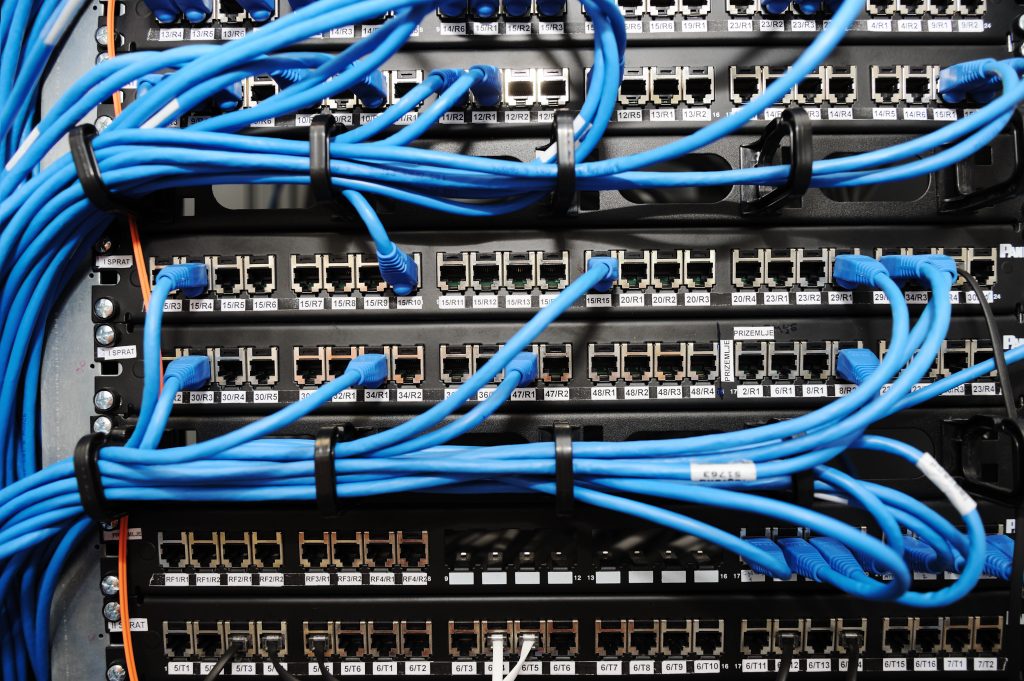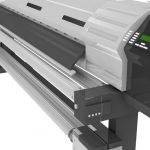
Today’s world is a wired one, and computers, cell phones, and more allow people to access and share information like never before. This has certainly transformed the workplace, where computers and the Internet allow for fast and reliable transmission of data of all kinds. This can link employees with each other and allow them to share nearly anything, even if they are not in the same building. And at home, computers, TVs, game consoles, and more allow users to create a home office or home entertainment system as they like. A lot of this is made possible with cables of all sorts, from bulk fiber optic cables for ultra-fast Internet connections to bulk USB cables all the way to cell phone charging cables. How might these cables get the job done today, and what sorts of cables might someone find in an electronic store today?
Varieties of Cables
There is more than one way to make a cable. Mobile phones are standard, and a few billion people around the world have their own cell phones. But these devices need to be recharged and connect to computers, so cell phone charging cables handle this work. These cell phone charging cables will not only recharge a cell phone’s batteries, but a cell phone charging cable allows a smart phone to share data with a computer or even a gaming console if the user so wishes. Different mobile phones make use of different cell phone charging cable models, but a new phone will come packaged with the correct cable type for use. Such cables can even be plugged into wall sockets of an adapter is first used, allowing a user to recharge their cell phone anywhere.
That’s not all. USB cables are nearly universal, and are used to connect many different sorts of devices with each other to share data. A modern PC, for example, may have as many as four to six different USB cables across the front and back. Devices such as a mouse, keyboard, external hard drive, and printer may be plugged into them, and USB ports can also accept a flash drive. Game consoles also make use of USB cables to plug in controllers or other devices, too, and laptop computers may have a few USB cables in them as well. Computer monitors, however, make use of their own cable type when plugged into a PC, and these tough cables even have built-in screws that allow them to securely connect the computer. This way, they won’t be easily unplugged by accident.
Cables at the Office
Anyone can make use of cell phone charging cables or USB cables for their PC or Xbox at home, but at a modern office, many hundreds of cables may be used to link computers to the Internet and each other. This is certainly true for an office data center, for example. For those unaware, a data server is a collection of dozens or even hundreds of computers all linked by cables, so they form a cohesive whole that has more storage space and processing power than any individual PC. These computers are not desktop PCs, however; they don’t even have keyboards or monitors plugged into them. Instead, they set on specialized shelves and racks and will run all day, cooled with air conditioning or liquid cooling tubes. Desktop PCs in the office will be plugged into these data servers privately and securely, allowing them to make use of that vast storage space and also share data files with each other. Plugged-in computers may also receive a boost to their processing power as well.
Meanwhile, computers at the office will make use of Ethernet cables to connect to the Internet, and use this connection for e-mail, live video chat, research, and accessing Cloud data storage. Category 5 (cat5 cables) or category 6 (cat6 cables) may be used to connect these computers to the Internet with a fast and reliable connection. Such cables may be threaded across the office in discreet locations to prevent tripping hazards, and such cables may be the cat6 model and make use of four pairs of copper wires for very fast Internet connections. Holes may be drilled in the floor so that such cables can be threaded through them for convenience.


